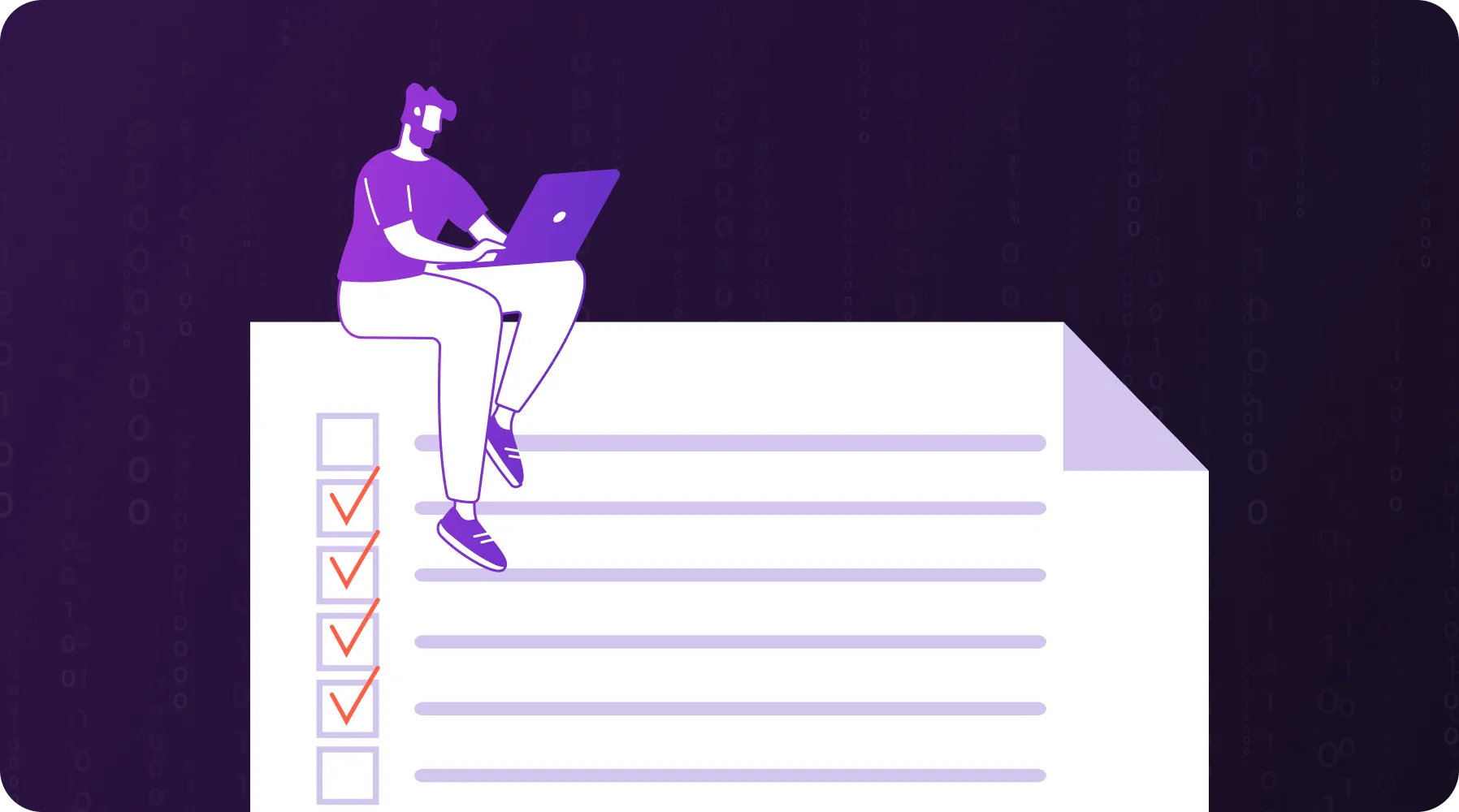Build Custom Software vs Buy Ready-Made Solution

In today's world, companies are actively seeking ways to automate and optimize their business processes with the help of software. When choosing how to implement such solutions, the question arises is whether to create custom software or buy a ready-made solution. Both approaches have their cons and pros, but each has its own application for a specific purpose. The final decision on the choice between these approaches will depend on the client's individual needs and the business goals.
Let's look at both approaches in more detail, which may help to choose favor of one of them.
Build custom software

The essence of this approach is that the company orders software product development from an IT company's specialized development team. It has a clear plan of action and a list of requirements for the future product. Also, a digital product created from scratch can fully automate specific business processes of the client company, taking into account the specifics of the industry.
Pros of the approach
Tailored to individual needs
The company will receive a solution fully customized to its unique needs and requirements. That can be registration forms, buttons, visual elements, individual blocks, custom graphics or dashboards, unique designs, and more. The company can also define the required functionality, architecture, design, and integration with other systems according to specific business processes.
Flexibility and scalability
The customer company controls the whole development process and can make changes and expansions as needed. That allows them to respond quickly to changes in business requirements and scale the system as the company grows.
Security
Developers can implement data protection mechanisms and use advanced encryption methods to ensure high security in the finished system.
Ability to integrate
The development of a digital product from scratch provides the ability to fully integrate with the company's other systems. That allows for efficient data exchange between different systems and increases the overall efficiency of the client's company.
Ownership of intellectual property
The company has complete intellectual property rights associated with the created product. That gives the company control over it and the ability to develop and monetize it further.
Cons of the approach
High price
The development of any product usually requires a significant financial investment. A company must consider the cost of hiring experienced developers, conducting requirements analysis, designing, developing, testing, and supporting the product. That can lead to significant costs, especially for smaller companies with limited budgets. Nevertheless, a business development investment quickly pays off for the company.
Development duration
Creating software is a lengthy process, especially for complex and large-scale projects. The time required for requirements analysis, design, development, and testing can be significant, which delays the implementation and use of the finished product in the business.
When a business needs custom development from scratch
Customized needs
If a company has unique business needs that cannot be met by ready-made solutions on the market, developing a customized digital product allows them to create a solution that fully meets the requirements and goals of the company.
Competitive advantage
A unique software solution created specifically for a company can provide more efficient and innovative functionality, an engaging user experience, or improved processes, which helps stand out in the market and attract new customers.
Long-term strategy
Instead of relying on third-party vendors and ready-made solutions, a company can create a product that it can control, develop and scale according to its needs and changes in the business.
Business process optimization
Specialized software allows companies to automate routine tasks, improve interaction between departments and increase the company's efficiency as a whole.
Buy ready-made solution

Ready-made software solution usually has a wide range of functionality that can be applied to various business tasks. That allows companies to save development time and start using the software almost immediately after purchase. When choosing a ready-made solution, a company should carefully evaluate its functionality and flexibility to ensure it meets its basic requirements.
Pros of the approach
Customizable functionality
That includes adding modules, integrating with other systems, and customizing program parameters.
Time-saving
Digital turnkey products are already developed, tested, and ready to use. Purchasing this product saves the company's time they usually spend on requirements analysis, development, and testing solution.
Fast start-up
Ready-made digital products have already been developed and tested, allowing companies to use and benefit quickly. The company can quickly incorporate the product into its business processes and get results without waiting for development to be completed.
Low costs
Buying a ready-made digital product is usually cheaper than developing a solution from scratch. In this case, the company avoids the high costs of hiring developers, requirements analysis, and the development process, which can significantly reduce costs and improve budgetary performance.
Proven solution
Ready-made digital products are usually thoroughly tested and have a proven track record. By purchasing such a product, a company gets a proven solution that has already been used by other customers and has demonstrated its effectiveness.
Cons of the approach
Business process mismatch
The turnkey solution may not meet the company's exact needs or require additional customization and integration with existing systems. In some cases, the company may need help adapting the turnkey solution to specific business processes, which can result in a loss of time and resources.
Limited customization and integration
Ready-made digital products may offer limited customization and integration with other systems or applications to meet unique customer requirements, which may require additional modifications.
Vendor dependency
Buying a ready-made product can create dependence on the supplier of that product. The company will rely on the vendor for support, updates, and bug fixes if any are encountered. If the vendor is unable or unwilling to continue to develop and support the product, the company may find itself in a quandary.
High licensing costs
Buying a ready-made solution can incur significant licensing costs, especially if the company plans to use the product on several workstations or for a large number of users. That can impact the company's budget and reduce financial efficiency.
When a business needs to buy a ready-made digital solution
Urgency
When a company has urgent needs for a specific functional solution, buying a ready-made product can quickly meet those needs. That is especially true if there is no time or resources to develop their solution.
Limited budget
If a company has a limited budget to develop its digital solution, buying a ready-made product can be more cost-effective. It avoids the cost of development and hiring developers and reduces the risks associated with budget and development time.
No need for unique features
Buying a ready-made digital solution may be enough if a company doesn't require specific features and capabilities only available when developing its solution. If the solution offers all the features the company needs, it can avoid developing and testing its product.
Narrow specialization
Some industries have specialized, ready-made digital solutions designed for specific vertical markets or industries. In such cases, buying such a solution specifically tailored to the needs of an enterprise may be preferable because it already meets that industry's specific requirements and standards.
Summary
Ultimately, choosing between creating custom software and buying a ready-made solution depends on a company's specific needs and goals. If a company has unique business processes or needs full software customization, custom software creation may be preferable. That will allow the company to get a solution that best meets its requirements and contributes to optimizing business processes.
However, ready-made software may be the best option if a company requires a faster, more cost-effective solution. It is essential to carefully study the market for this kind of solution to choose the one that best meets the company's needs and is flexible enough to adapt to individual requirements. It's also important to consider company resources, budget, and timeline.
Ideally, companies can combine both approaches, using ready-made solutions as a foundation and complementing them with custom development to meet unique needs. For example, a company might purchase an off-the-shelf customer relationship management (CRM) system and complete it with the custom development of a module specific to its industry or business process. That strikes a balance between efficiency and flexibility.
FAQ
Custom software is tailored to your exact requirements, flexible to changes, can scale with your business, offers full integration with other systems, and provides you with complete ownership of the intellectual property.
Building custom software can take months or even longer, depending on the complexity of the project. It involves multiple stages like planning, design, development, and testing, so it requires a significant time investment.
Yes, many ready-made solutions offer customization options, but they are usually limited compared to custom software.
Ready-made solutions might not perfectly match your business processes, offer limited customization, and make you dependent on the vendor for updates and support.
Connect with us
.webp)
We are a tech partner that delivers ingenious digital solutions, engineering and vertical services for industry leaders powered by vetted talents.


.webp)


